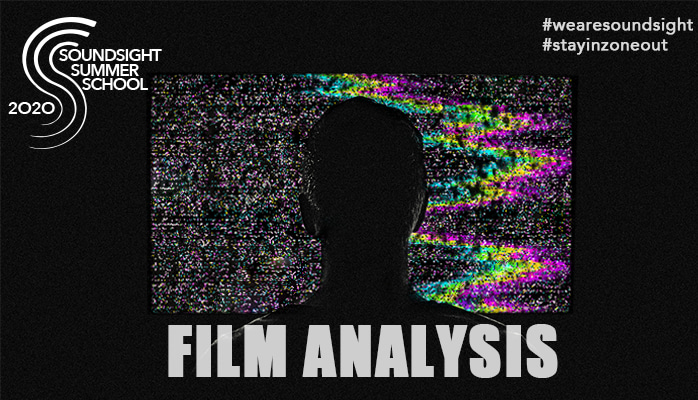Soundsight Summer School
Film Analysis
https://www.linkedin.com/pulse/soundsight-summer-school-film-analysis-janelle-saint-eloi

Welcome back to summer school! Today we are diving into the more critical part of film: film analysis! The phrase “everybody’s a Critic” will definitely be applicable today because this week is focusing on how to understand and read films. Film analysis goes beyond whether or not the ending of a movie satisfied your specific taste. Rather, it takes into consideration how the writing, directing, cinematography, mise en scène and actors’ performances blend together. The more cohesively these elements blend, the more pleasant the film is to take in (typically). Film analysis has become more of a position in the film industry in the last decade with the influx of social media and sites such as Youtube. People are now able to make videos, series, and have whole channels dedicated to breaking down films and television shows. This pushes the art of film critiquing beyond the abilities of the New York Times or contributors on Rotten Tomatoes, people now have the opportunity to craft their own videos commenting on a movie or TV show and even pull clips and examples to support their opinions of the piece of media.
There are some very important buzzwords that you will hear when someone is having a serious discussion about a film, here is a quick list of a few of them and how they pertain to film:
- Genre – It is important to know more than just the different types of film genres. You should have an understanding of the technical and theoretical aspects of the genre that make it different from others.
- Narrative structure – The story structure can dramatically alter how the audience interprets the film. It combines elements of plot and story that together form the dramatic action of the story and how that story will be conveyed through characters and events.
- Acting style – The actors portrayal of a character is often what drives your feelings about that character. Depending on the role, various acting methods and choices may be made to achieve the final product.
- Mise en scène – Mise en scène refers to the literal stage design and placing of actors in scenes. This is achieved both in visual arts through storyboarding, visual theme, and cinematography, and in narrative storytelling through direction.
- Film Color – When color is properly used in film it can dramatically change the energy and tone of the film. Not only can it be used to express emotions, but it can also be used to show the progression or regression of a character, or it can be utilized to amplify the environment that the story takes place in.
- Technology used – The technology used in the film can not only tell you when the film was made, but could also bring more understanding as to why certain lighting or editing effects were utilized.
- Time frame + social/cultural impacts – The era that the film is produced in will drastically affect it. For example, films regarding social justice issues of the LGBTQIA+ community would not have as much traction now as they do today. This is largely due to the social presence of the movement being more widely talked about and accepted to today.
Each one of these words are a few key pieces to the puzzle that can be film analysis. It is important to have an understanding of what these mean and how they contribute to the look, feel and final outcome of a film. With all of these pieces in mind, here are some helpful resources for understanding film analysis a little bit more:
Books
- Film: A Critical Introduction by Maria Pramaggiore (Textbook)
- How to Read a Film by James Monaco
- Film Studies: An Introduction by Ed Sikov
- Essential Cinema: An Introduction to Film Analysis by Jon Lewis
- Temporality and Film Analysis by Matilda Mroz
Youtube
Podcasts
- The Projection Booth
- CinemaSpection
- Movies Unhacked
- WTM – Watch this Movie
- The Movie Morgue
The beauty of film analysis is that it gives you the right vocabulary and ability to talk about and engage in meaningful discussions about your favorite and least favorite films. If you can break down the elements of mise en scène, editing style, story structure, acting and more, you will move further past surface level film conversations. After you watch a Netflix original or binge watch an old show, you will see it for more than just something to put on. Film analysis allows people to appreciate and understand all aspects of film on a greater scale. Once you understand all of the components necessary to produce a single scene of a production watching it will have a completely different feel and you may find yourself with more admiration and respect for those in positions in the film industry that you may not know that much about. Film analysis can help bring the film industry and community together in one aspect, the universal love and appreciation of film.
Next week is our final article in the #SoundsightSummerSchool series, this final article will focus on Acting!